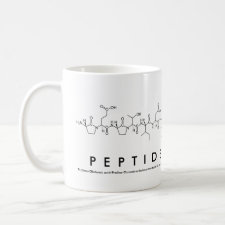
Authors: Settipani J, Karim K, Chauvin A, Ibnou-Ali SM, Paille-Barrere F, Mirkes E, Gorban A, Larcombe L, Whitcombe MJ, Cowen T, Piletsky SA
Article Title: Theoretical aspects of peptide imprinting: screening of MIP (virtual) binding sites for their interactions with amino acids, di- and tripeptides.
Publication date: 2018
Journal: Journal of the Chinese Advanced Materials Society
Volume: 6
Issue: (3)
Page numbers: 301-310.
DOI: 10.1080/22243682.2018.1467279
Abstract: Molecular modelling and computational approaches were used to design (virtual) molecularly imprinted binding sited for 170 amino acids, dipeptides and tripeptides. Analysis of the binding energy of ligands to their corresponding virtual binding sites revealed a direct correlation between size of the ligand and its binding affinity. Only tripeptides were capable of forming binding sites in molecularly imprinted polymers (MIPs) that are capable, in theory, of binding the corresponding targets at micromolar concentrations. No appreciable specificity was demonstrated in binding of virtual binding sites and corresponding templates. It is possible to conclude that although tripeptide sequences are sufficiently long to form MIPs with relatively high affinity, the sequence of peptide epitopes should be substantially longer that three amino acid residues to ensure specificity of imprinted sites. This consideration will be useful for the design of highly efficient MIPs for proteins
Template and target information: peptides
Author keywords: Molecularly imprinted polymers, synthetic receptors, computational design, Peptide imprinting, molecular modelling



Join the Society for Molecular Imprinting

New items RSS feed
Sign-up for e-mail updates:
Choose between receiving an occasional newsletter or more frequent e-mail alerts.
Click here to go to the sign-up page.
Is your name elemental or peptidic? Enter your name and find out by clicking either of the buttons below!
Other products you may like:
 MIPdatabase
MIPdatabase









